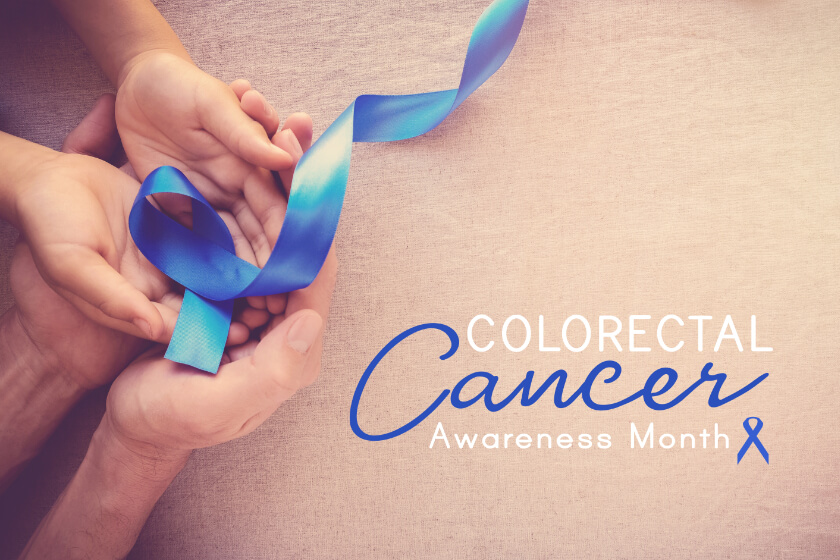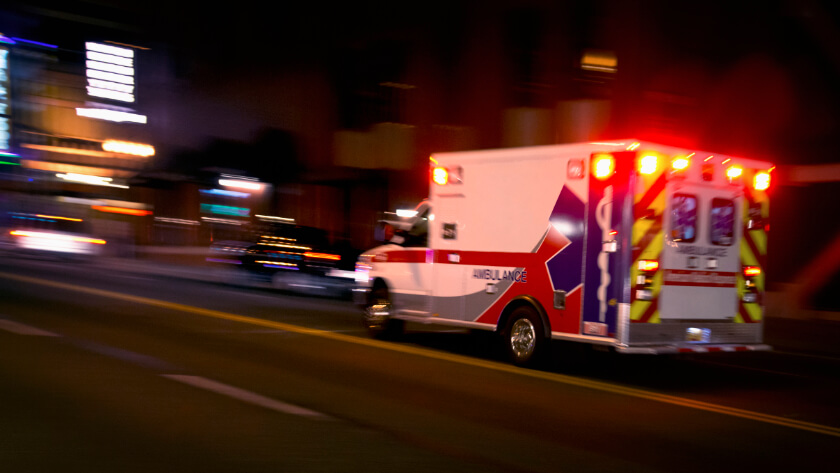
Understanding the Different Types of Breast Cancer

There are many types of breast cancer, and many ways to describe them. Reviewing the various terms used to describe breast cancer can help you understand its different types. Breast cancer can begin in different parts of the breast. Medical professionals determine the type of breast cancer by looking at the specific cells in the breast that become cancer. Examining the cells can also help doctors evaluate the severity of the disease and create a treatment plan.
About the Female Breast
The female breast has a complex structure that allows it to produce milk. Each breast has 15 to 20 sections, or lobes, arranged like the petals of a daisy. Each lobe has many smaller structures, known as lobules, which end in dozens of milk-producing bulbs. Thin tubes, called ducts, links all the lobes, lobules, and bulbs that lead to the nipple.
Each breast contains blood vessels that deliver oxygen and nutrients to the breast tissue. Breasts also contain other vessels that carry lymph, a fluid that contains infection-fighting white blood cells. Lymph vessels connect to lymph nodes, which are bean-shaped organs found in clusters under the arm, above the collarbone, in the chest, and in other parts of the body.
Fat and other tissue sits between these breast structures. Breasts also contain epithelial cells in the thin layer of tissue that lines and coats the surface of milk ducts.
Types of Breast Cancer
Carcinomas
Most breast cancers are carcinomas, which are tumors that develop in epithelial cells. Carcinomas that develop in the breast are usually adenocarcinomas, which is a type of cancer that starts in the epithelial cells that cover and coat the ducts and lobules.
In situ vs. invasive breast cancers
Cancer is a disease in which abnormal cells divide and grow quickly. Because they are abnormal, these cells do not function properly.
In the early stages of disease, the abnormal breast cells remain localized. Medical professionals refer to these cancers as in situ, a Latin term that translates roughly to “situated in the original place.” In time, the abnormal cells can spread to nearby tissue and lymph nodes. Doctors refer to these cancers as invasive or infiltrating. In later stages, the abnormal breast cells spread to the rest of the body.
In other words, in situ means the cancer is localized and in its early stages, whereas the abnormal breast cells in invasive breast cancer have spread.
Ductal carcinoma in situ
Ductal carcinoma in situ (DCIS) is a precancer, or type of breast disease that may someday turn into breast cancer. As its name suggests, it starts in a milk duct (ductal) and has not grown into the rest of the breast tissue (in situ).
Invasive ductal carcinoma
In this type of breast cancer, the abnormal breast cells begin in the ducts before growing outside the ducts to other parts of the breast tissue. These invasive duct cells can then spread, or metastasize, to other parts of the body. In other words, abnormal duct cells can grow in someone’s bones, lungs, brain or liver.
Invasive lobular carcinoma
Invasive lobular carcinomas begin in the lobules before spreading to nearby breast tissue. These invasive cancer cells can also metastasize to other parts of the body.
The Role of Proteins and Hormones in Determining the Types of Breast Cancer
Body cells have receptors, which are proteins in and on the cells that can attach to certain substances in the blood. Normal breast cells and some types of breast cancer cells have receptors that can bind to the hormones, estrogen and progesterone; these cells need the hormones in order to grow. Breast cancer cells can have either estrogen or progesterone receptors, or they can have both estrogen and progesterone receptors:
- ER-positive (ER+) breast cancers have estrogen receptors
- PR-positive (PR+) breast cancers have progesterone receptors
- Hormone receptor-positive (HR+) breast cancers have one or both receptors
- Hormone receptor-negative (HR-) breast cancers have neither estrogen nor progesterone receptors
HER2-postive and HER2-negative breast cancers
HER2-positive breast cancers can produce HER2, a protein that help breast cancers grow quickly. HER2-negative breast cancers have lower or zero levels of this protein.
To determine which type of breast cancer a patient may have, doctors perform a biopsy to remove some of the breast tissue. They send the tissue to a laboratory for examination, which can determine the level of the HER2 protein whether the breast cancer cells have estrogen and progesterone receptors.
Triple-negative breast cancer
Triple-negative breast cancer (TNBC) is an invasive type of breast cancer in which the cancer cells do not have progesterone or estrogen receptors, and produce very little or zero HER2. In other words, the laboratory tests were negative on all three tests.
Types of Breast Cancer in Men
While breast cancer is more common in women, men can also develop breast cancer. In fact, about 1 in every 100 cases of breast cancer is in a man, according to the Centers for Disease Control and Prevention (CDC). The most common types of breast cancer in men include:
- Invasive ductal carcinoma
- Invasive lobular carcinoma
- Ductal carcinoma in situ (DCIS)
Mammography for Breast Cancer
Mammography plays a key role in detecting breast cancer in its early stages, when it is most treatable. In fact, mammograms can often find invasive breast cancer and DCIS.
For more information about the various types of breast cancer, consult with your doctor. Routine mammograms can help you reduce your risk of dying from any type of breast cancer.





